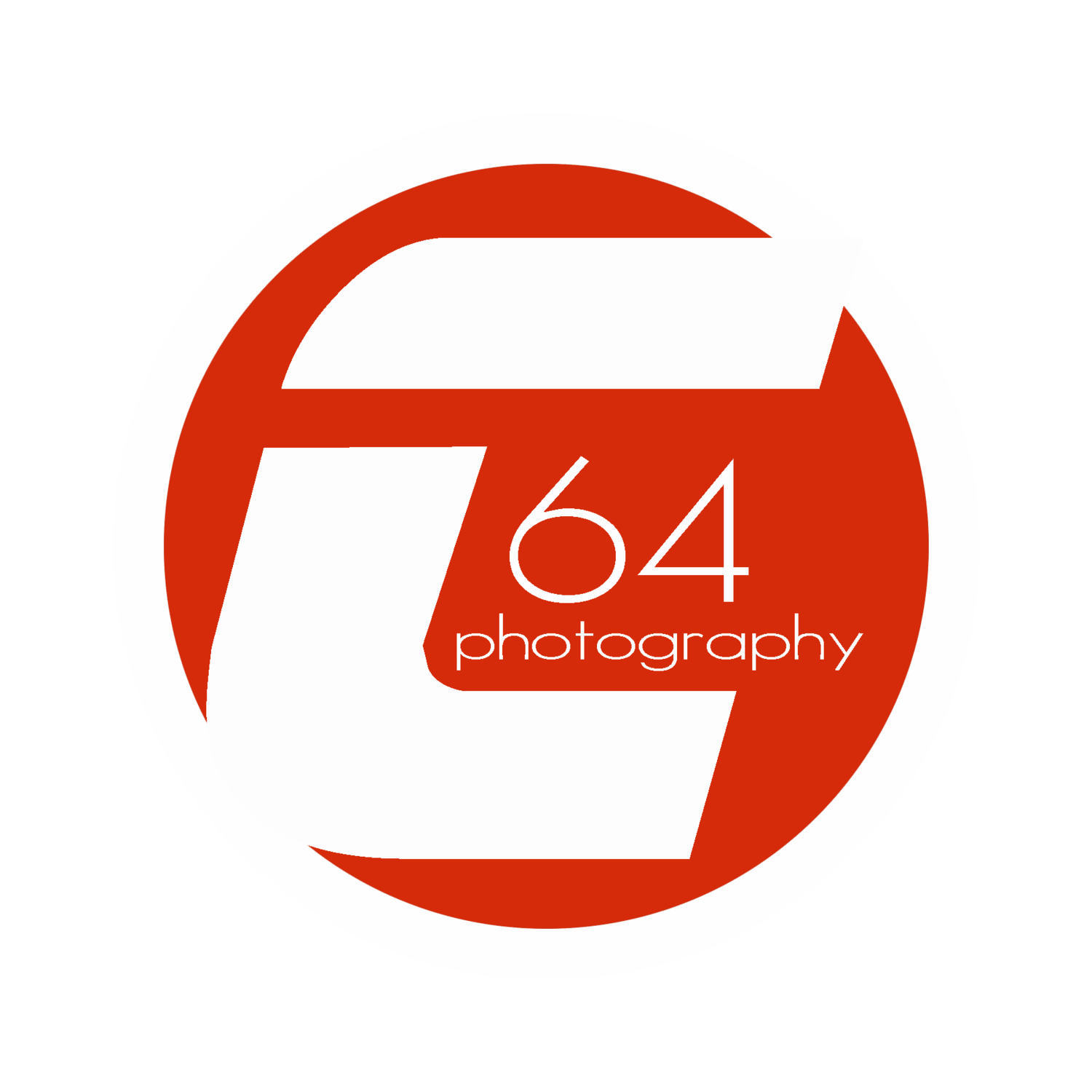How to take better night photos, with any camera.
How to take better night photography is the most asked question in photography. If I had a penny for every time someone asked, I too would be rich. Well, there are a lot of ways to take better photos at night but I am going to try and keep it simple stupid, and inexpensive for us new photographers out there. Before I get started, I need to explain what it is the camera is always trying to do. Your camera is programmed to take very bright and colorful photos every time regardless of the situation you may find yourself in. Therein lies the problem. Your camera is a light-capturing device so if there is low or no light available you simply cannot take a good photo, period end of story, or can we?
Before I get into getting better photos I want to mention that the click thru buttons and links found in this blog are affiliate links that pay me a slight commission should you make a purchase using any of them and help me better serve you here on the Camera64 website.
The very first thing that I will always recommend to anyone is to take your camera out of fully automatic mode and move it into full manual mode. Now I know this will sound very scary to new and even some experienced photographers out there but I will give you some settings to get you started. My goto settings for very dark situations are as follow f4 30th sec at ISO 3200. Keep in mind that this is just a starting point and there are still other things you can do, which leads me to step two. If your camera has a pop-up flash or onboard flash now would be the time to use it. The onboard flash will do a great job for you in these types of situations and there is nothing extra you have to buy or carry around with you.
While onboard flash can get you decent night and low light photos it is not the most appealing to your subjects. Here is where I would highly recommend adding a speed light to your camera. I recommend using the Adorama Flashpoint Zoom Li-on R2 TTL flash as it is really cheap compared to a flagship camera brand offering. It happens to be on sale at the time of me writing this blog at $159.99. It offers a lot of extra power and the flexibility of being able to bounce the light off walls and ceiling with ease so you are not pointing the flash directly at your subject giving them a much better look in the photos. They will thank you later for that, and they just look better to boot. I would recommend you leave the flash on full TTL or automatic mode to start because it will do a good job for you right out of the gate with little effort on your part.
Your other option would be to make an investment in fast glass as we call it. That is just a fancy way of saying better lens. What makes a lens better would be its ability to gather light quickly. That is why we call it fast glass. There is one drawback to the good lenses, they are expensive and can be very heavy due to the larger optics within the lens. They can gather two to four times more light than your typical kit lens and cost just as much more too. One good thing about these types of lenses is that they retain their value, very well making them a great value. A lens I always recommend to new photographers is the Canon 50mm 1.8, as it is cheap and quite good for what it is. Using this lens my settings would be something like f2 60th sec and ISO 1600 again these are just a starting point but you get the idea. You can always raise or lower your ISO as needed and use a flash altogether to make some really amazing night photos.



